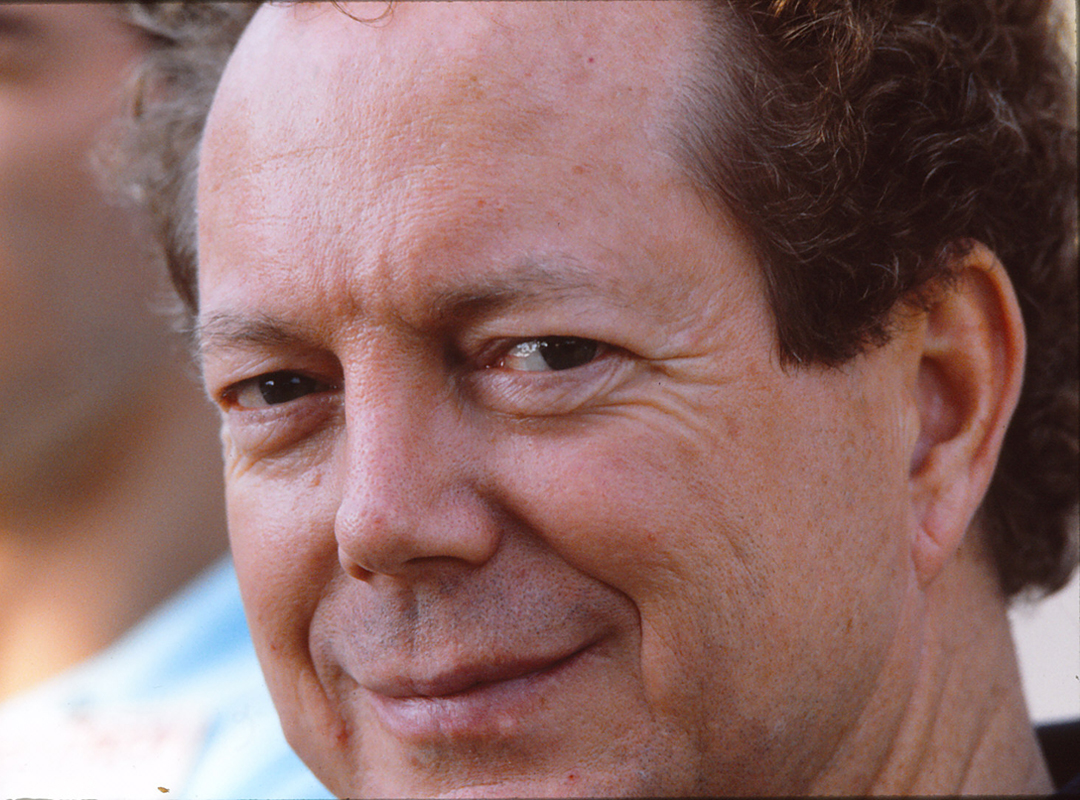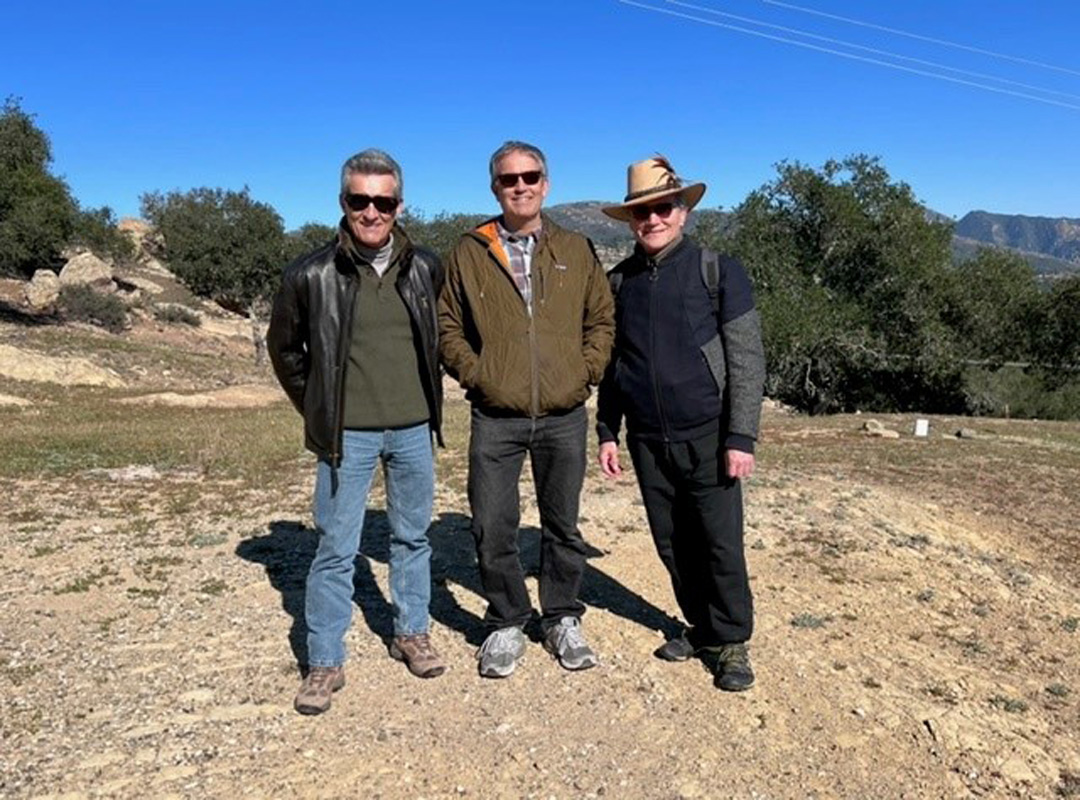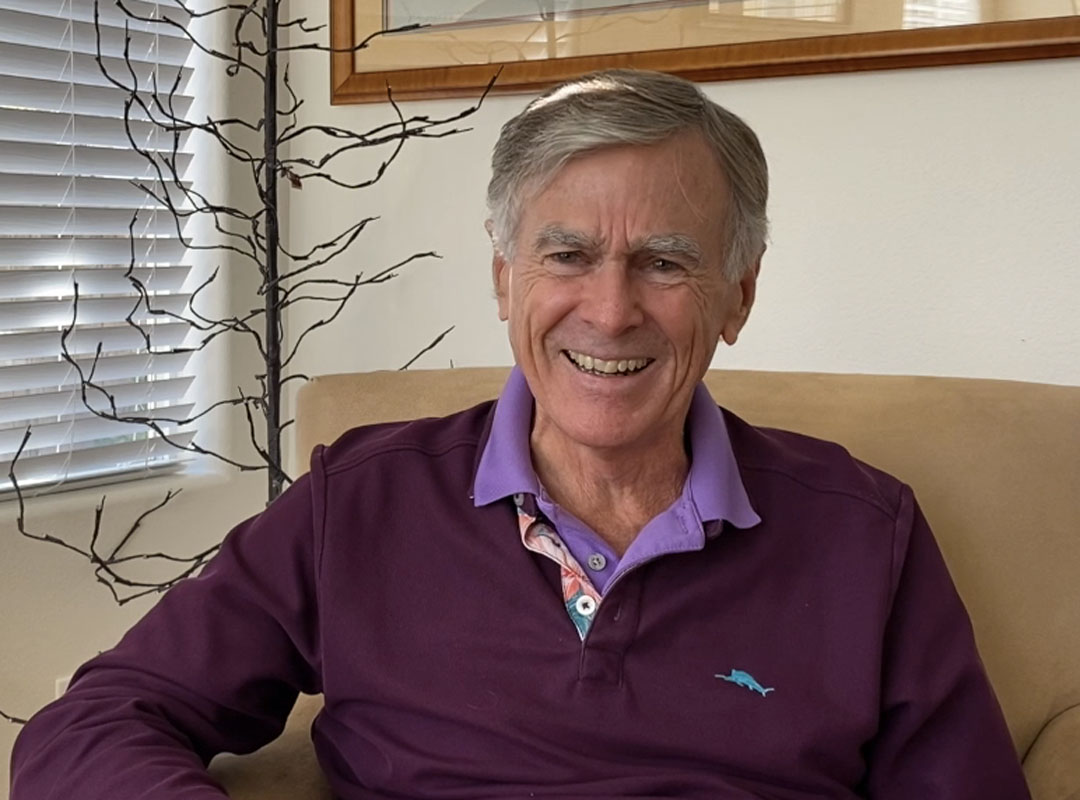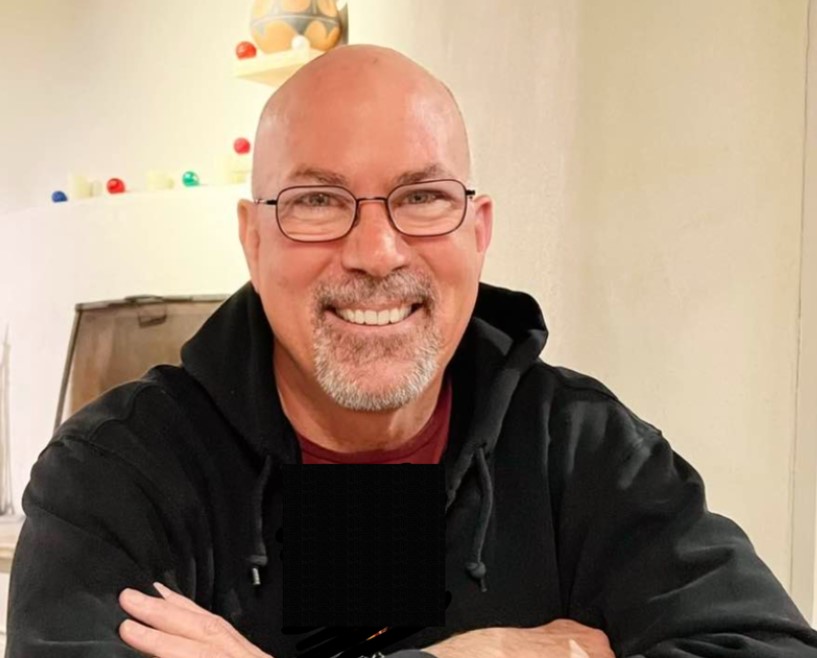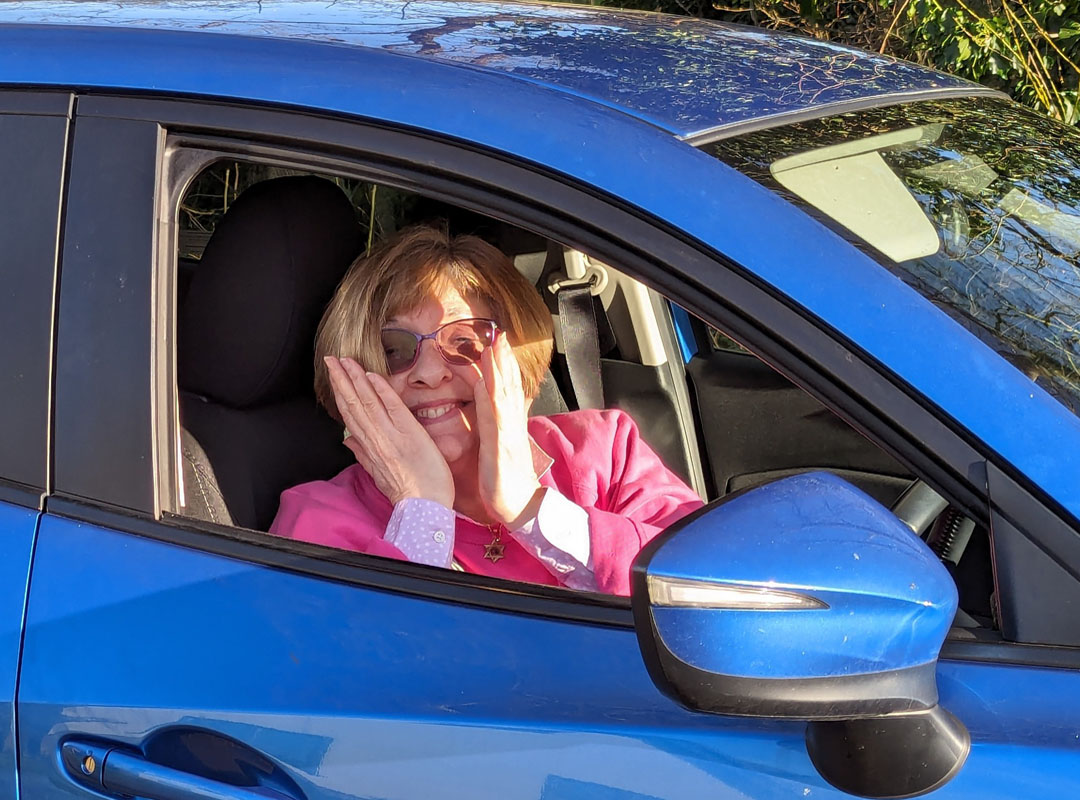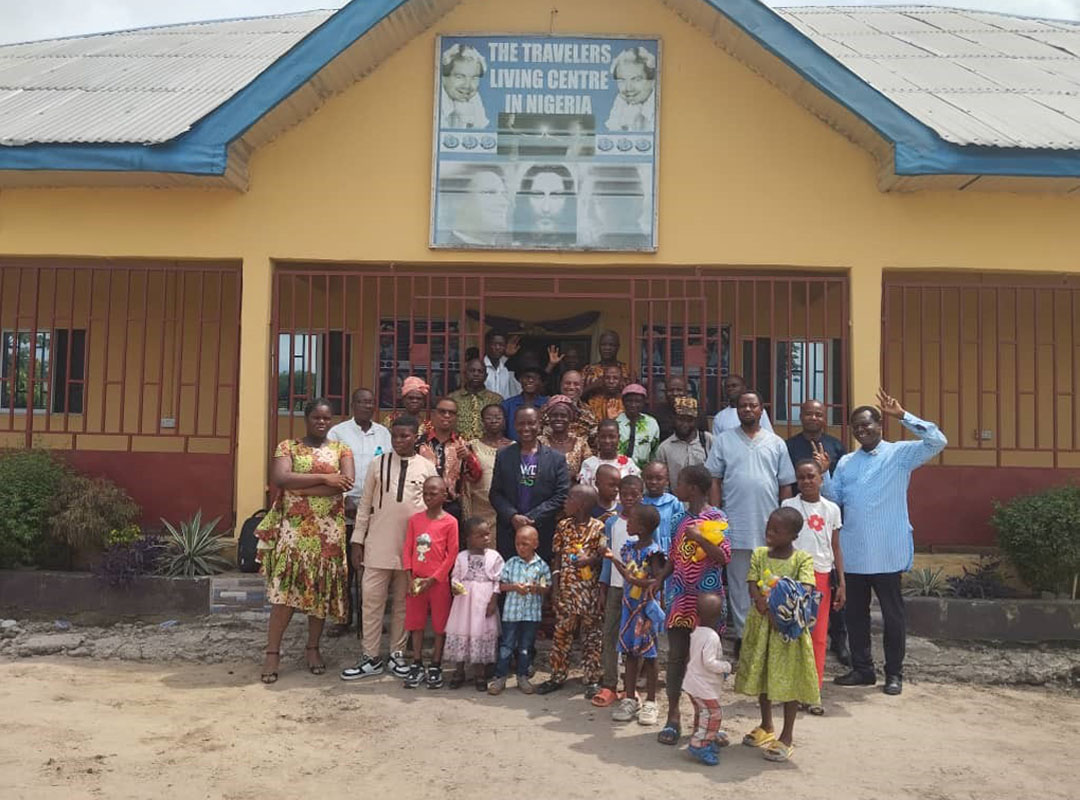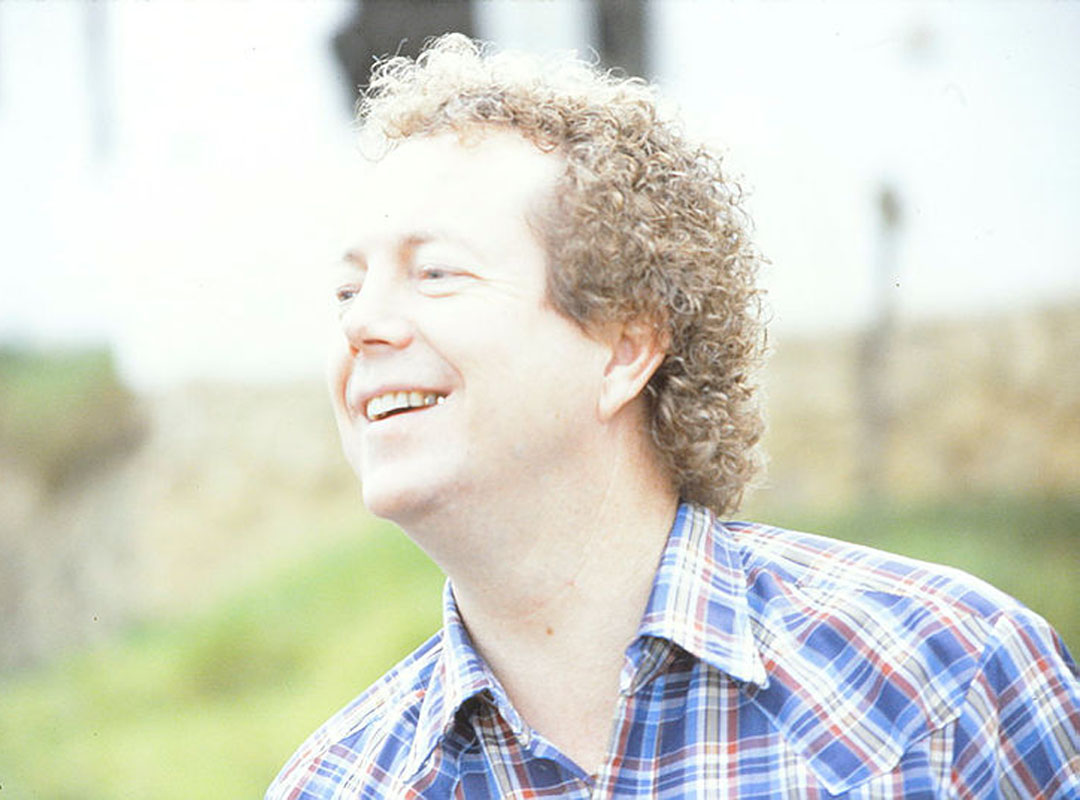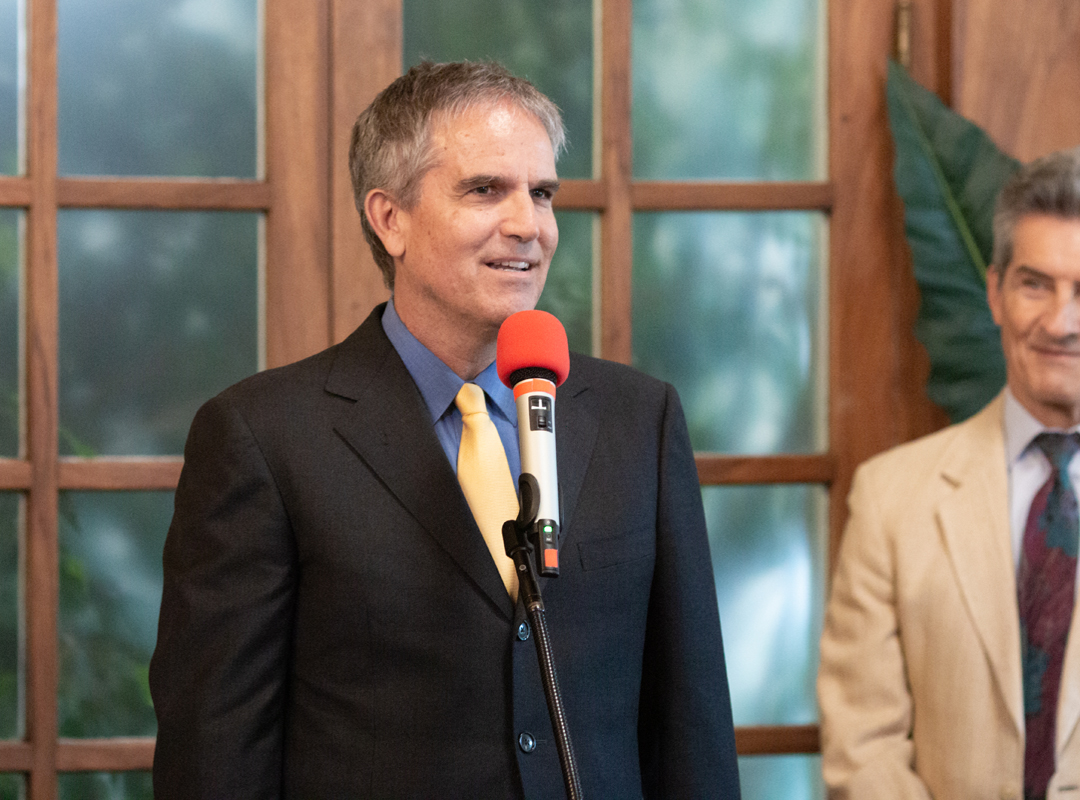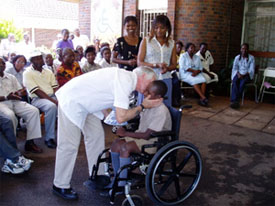 MSIA Minister, David Morton, has traveled to numerous countries with the service organization called Wheels for Humanity which provides wheelchairs for those in need who cannot get these items on their own. This article is about his recent experiences serving with Wheels for Humanity in Zimbabwe and Nicaragua.
MSIA Minister, David Morton, has traveled to numerous countries with the service organization called Wheels for Humanity which provides wheelchairs for those in need who cannot get these items on their own. This article is about his recent experiences serving with Wheels for Humanity in Zimbabwe and Nicaragua.
Click here to view the photo slideshow from Zimbabwe.
Click here to view the photo slideshow from Nicaragua.
In March and April 2005, I traveled with Wheels for Humanity with hundreds of wheelchairs to help people on two different continents, Africa and the Americas.
I first arrived in Harare, Zimbabwe in Southern Africa, in early March. As we drove from the airport and I breathed in the mile high air of the capital Harare, I felt very comfortable to be back on the continent of Africa. Twenty-five years ago this city was named Salisbury, the old British capital of Southern Rhodesia, but all that was ancient history.
A small team of us had brought in one hundred and fifty five wheelchairs combined with an abundance of ambulatory equipment for the disabled. We did all our distributions in St. Giles Rehabilitation Centre in the heart of Harare. This is a disability rehab centre for 140 children; there is a school and physical therapy for the blind or deaf, and a multiple of other disabilities. The staff we worked with at St. Giles are highly professional and very well trained; they were also extremely grateful for the largest donation they had ever received, especially the five powered wheelchairs that are extremely expensive and difficult to find in Zimbabwe. Our two volunteer seating specialists from the United States spent much of their time fitting many of St. Giles children to their new wheelchairs, while I worked on the less complex adults who were visiting the centre.
A power chair was given to a severely disabled young boy whose only way to turn it off and on was with his elbow. His smiles and multiple “Thank you, thank you very, very much” were powerful to experience as he skillfully maneuvered his new electric wheelchair. It gave him something he’d never had before, a newfound mobility combined with independence and dignity.
The smiles and sweet souls of these children transcend any disability as you will see in the photographs with this article. We hope to be returning to Zimbabwe in July 2005 to help more people in the city of Bulawayo.
Click here to view the photo slideshow from David Morton’s work with Wheels for Humanity in Zimbabwe.
In early April, I traveled to Nicaragua in Central America. I first visited Nicaragua in 1997 with Wheels for Humanity and have returned many times over the years. This trip was pretty special because we were planning on distributing 320 wheelchairs from the far north to the far south of this beautiful but poor country. Wheels for Humanity was working in partnership with “The Future of Nicaragua Foundation.” This is a non-government organization (N.G.O.) who is helping the poor people of Nicaragua by installing inexpensive pumping systems bringing fresh water to remote villages and towns, and they also help us by financing and distributing the wheelchairs to the poor disabled. These are people who are mostly forgotten in many of the developing countries throughout the world.
We brought 27 wheelchairs in a truck on a difficult two hour journey on a dirt road to the remote town of San Juan del Rio Coco near the Honduran border. The mayor informed us that when the town received one wheelchair it was a reason for celebration. Now it was being given 27 wheelchairs which seemed to boggle the minds of many of the town’s residents because they just didn’t believe it was really going to happen.
At the distribution there were hundreds of the townspeople celebrating God’s blessings with music and dancing. The over enthusiastic drumming by some of the young people had to be toned down a bit for mortal ears, but otherwise it was a pleasure to see their joy. Sadly the remains of the Contra Sandanista war of 20 years ago lingers on. A young teenage boy was recently blinded and lost both hands when he found a bag of grenades. It was a very touching moment when he got up and thanked the townspeople for their love and support in this difficult time in his young life.
Back in the capital Managua, we presented the Nicaraguan Women’s disabled basketball team with brand new sports wheelchairs. This was a great moment for the women because they never had their own sports chairs and usually borrowed the men’s chairs. We all retired to a park and watched them play a local mens team. At first the women were losing because of the newness of their equipment, but they quickly rallied and we saw hard fought points with a few high speed collisions, but it all ended in big smiles and high fives.
We also did distributions in the towns of Estilli, Rivas, Chontales and San Juan del Sur, near the Costa Rican border. My favorite place is the remote and beautiful island of Ometepe in Lake Nicaragua, the largest lake in Central America. A ferry took our team and a bunch of wheelchairs to the island. We seated mostly older people with the help of local nuns and we also visited a small village in the interior. The island seemed to be of another world as the hussle and bussle of the mainland appears to have passed it by.
Nicaragua is gradually shaking off the years of war and slowly the tourists are finding this forgotten jewel of the Americas. I hope to return in the near future, maybe even for a vacation paddling around Ometepe in my kayak.
For more information on Wheels for Humanity, visit their web site at www.wheelsforhumanity.org







